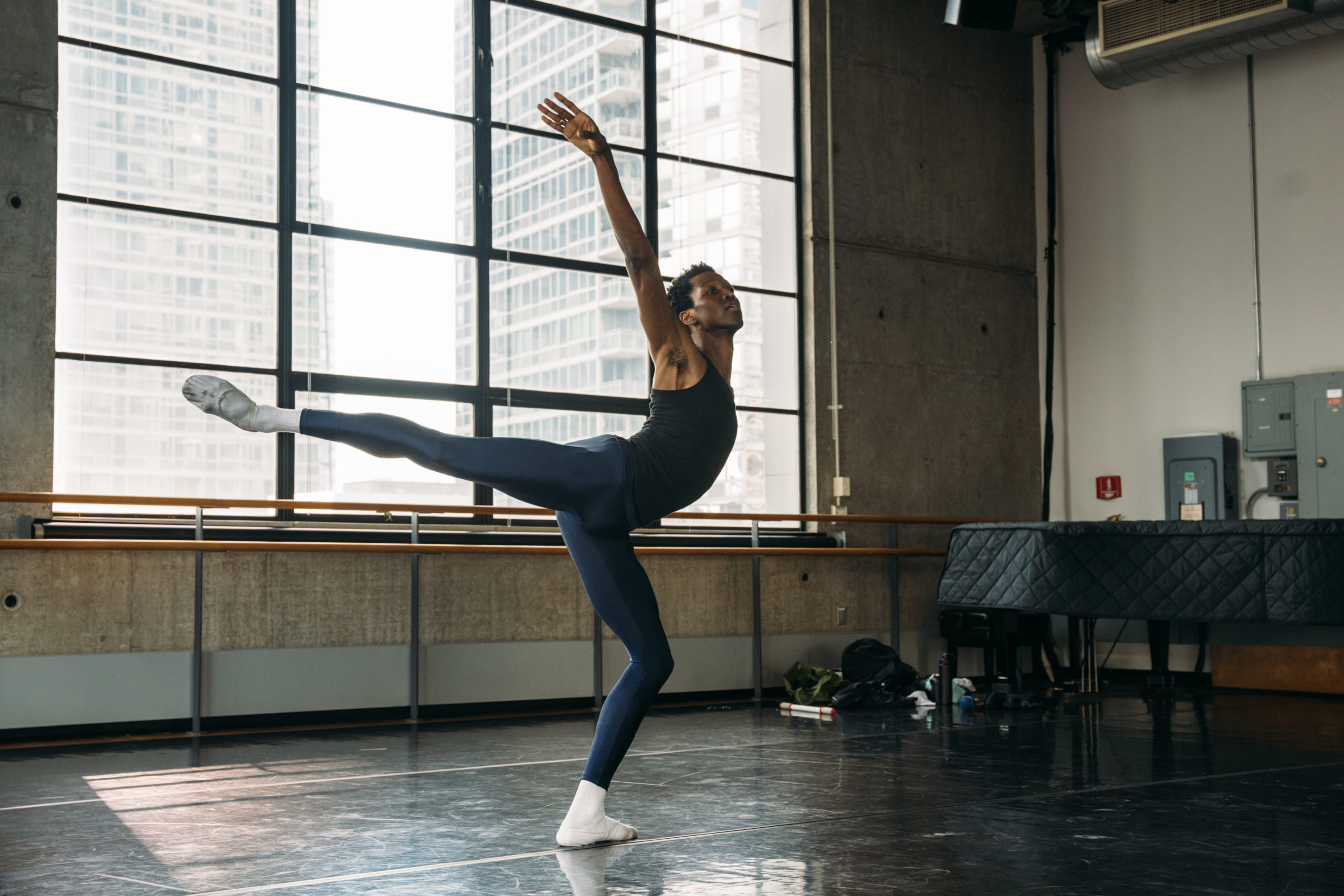The Dancers Who Inspired Me: 4 Ballet Stars Reflect on Their Childhood Idols
Have you ever watched a dancer perform a particular variation over and over again, trying to pinpoint what makes their performance so special? Have you pored over books or magazines to learn about their paths to success?
So many of us look up to the amazing dancers onstage today. But we wondered, who were the performers that the ballet world’s current stars looked up to? We asked four principals to share which dancers inspired them when they were young, the qualities about them that they admired most, and the pinch-me moments of meeting their idols face-to-face.
Lia Cirio, Boston Ballet
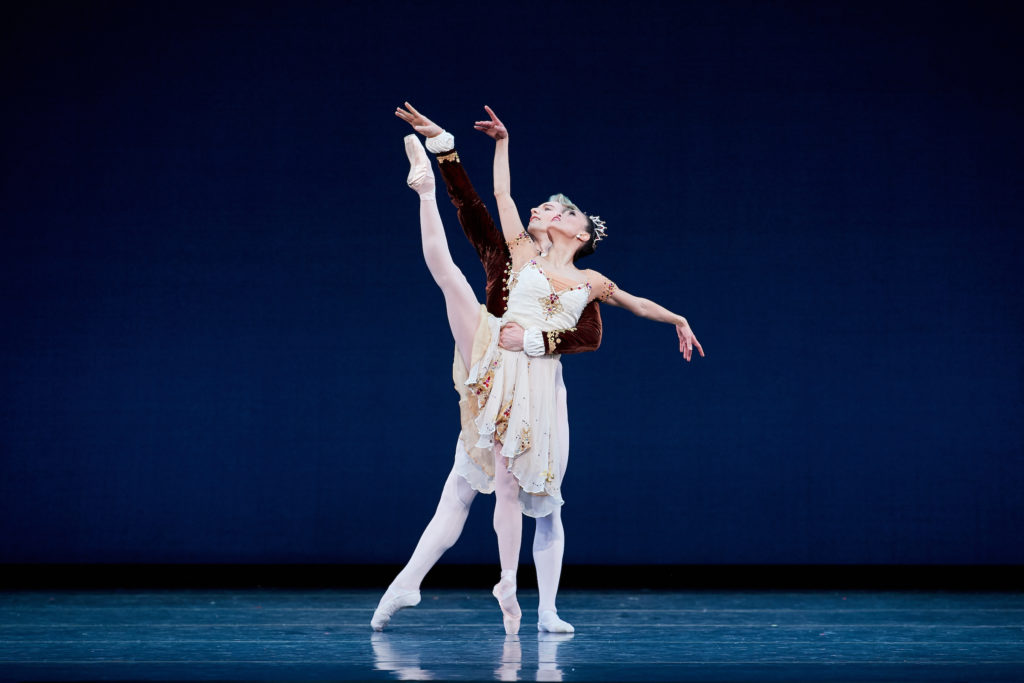
Growing up, Lia Cirio was enamored with then New York City Ballet principal Margaret Tracey. “I remember almost wearing down the VHS of George Balanchine’s The Nutcracker because of how often I watched her dance the Marzipan divertissement,” says the Boston Ballet principal. “It is literally a masterpiece.” Cirio looked to Tracey’s musicality, jumps and stage presence to help hone her own technique as a student. She also admired Royal Ballet star Darcey Bussell’s role mastery. “Bussell as Gamzatti in La Bayadère was another tape I would watch religiously. Her strength and presence in that role has given me something to work toward every day in the studio.”
As a Filipino-American, Cirio credits Native American ballerina Maria Tallchief as someone who paved the way for her. “I consider Tallchief the first American ballerina—someone I could look at and say to myself, ‘She looks like me, I can make it too.’” For inspiration, Cirio read a biography of Tallchief and watched her in the documentary Six Balanchine Ballerinas, resources that also cultivated her love of the Balanchine repertoire. “Tallchief had a hand in making me want to become a ballerina for the next generation of young girls who need someone to look up to who looks a little more like them,” Cirio says.
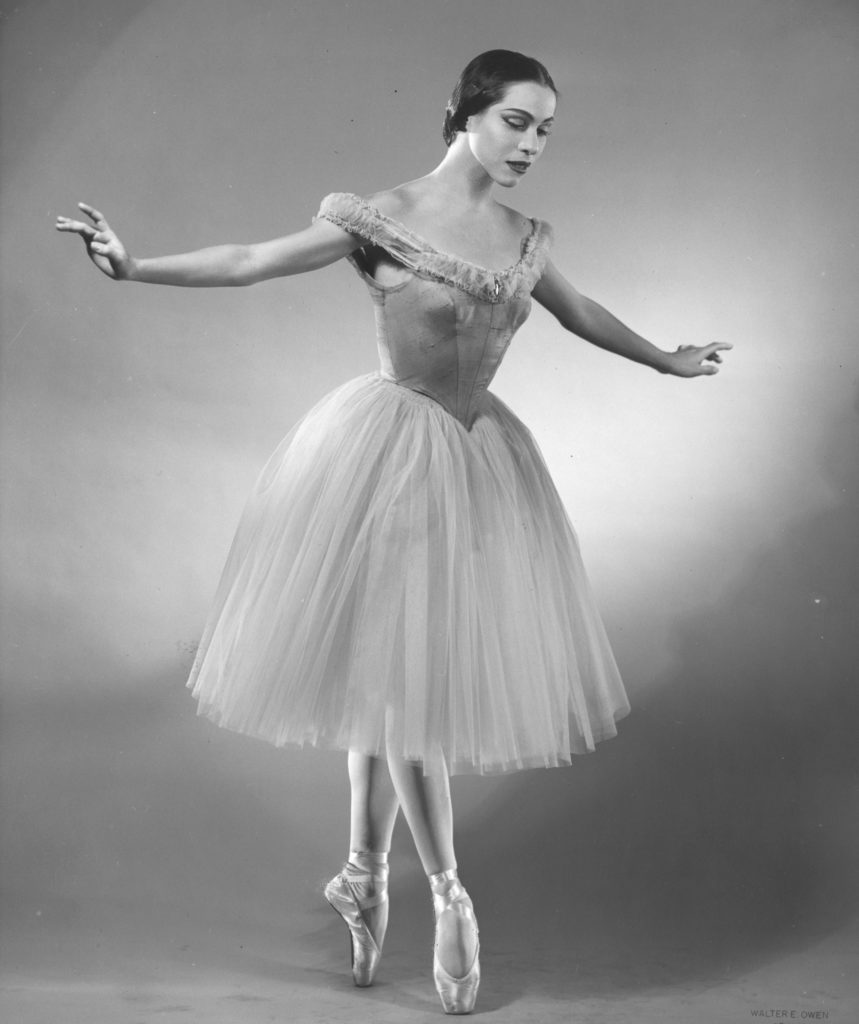
Today, Cirio has come full circle with one of her childhood idols. Tracey, who is now Boston Ballet School’s director, has coached her in Balanchine’s Concerto Barocco, Theme and Variations and Symphony in C. “She has become a mentor and a friend, and has taught me so much,” says Cirio. “She has given me advice in the studio, onstage and even in life.”
Issac Hernández, English National Ballet

“There’s a black-and-white picture of Mikhail Baryshnikov jumping in the studio, almost parallel with the floor, above the barre,” says English National Ballet lead principal Isaac Hernández. “His face is full of joy, determination and confidence. That’s what I wanted to achieve someday.” Hernández watched Baryshnikov in films of ABT’s Don Quixote, and in the dancing scenes of the 1985 motion picture White Nights. “Those are examples of Misha at his best. He managed to change the audience’s idea of what ballet was.”
Hernández credits Argentine dancer Julio Bocca, a former ABT principal and an international star, as a major influence on his technical and artistic growth. Growing up he’d study recordings of Bocca’s performances of Tchaikovsky Pas de Deux and in ABT’s Don Quixote. “I would watch his pirouettes over and over; the video would cut out, and it was always so frustrating that there wasn’t a better-quality version. But you could still see that there were no limits to his technique and precision.”
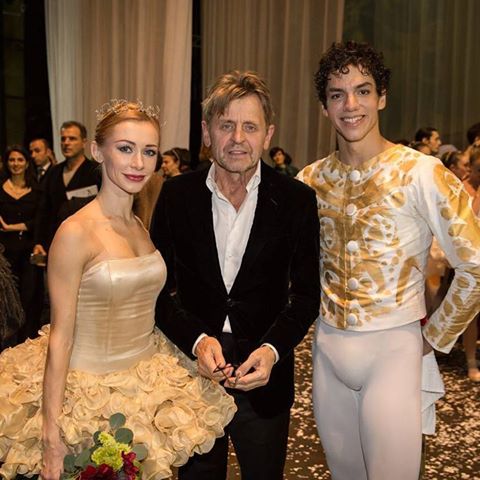
Hernández was later coached by both of his idols, on separate occasions, for the Act III pas de deux in Don Quixote. “In a rehearsal for the variation, Bocca just said ‘What, that’s it?’ And I knew I could step it up. It was a reminder to always keep pushing.” Then, Hernández got to work with Baryshnikov at the Rome Opera Ballet in his production of the ballet. “He reshaped everything that I thought I knew about the part,” says Hernández. “I was the last dancer that Misha coached in his version, and he had really specific ideas about every detail. The moment you saw him walk as the character, you knew exactly what he meant. It was like living a movie.”
Tiler Peck, New York City Ballet
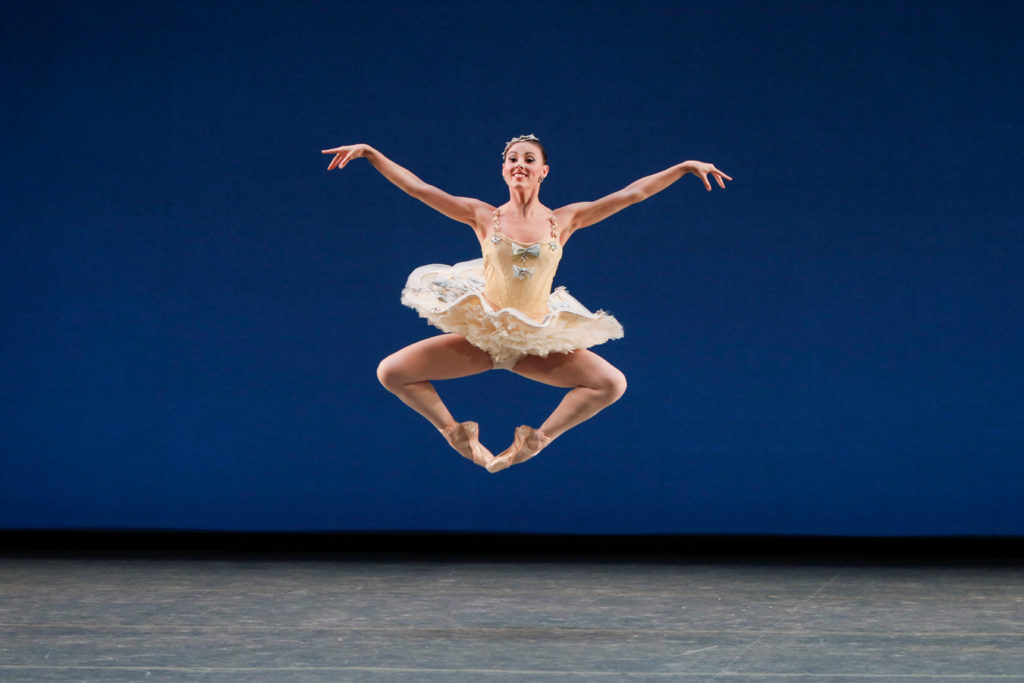
“Growing up, I was most inspired by non-ballet dancers, like Elizabeth Parkinson and Vera Ellen,” says New York City Ballet principal Tiler Peck. “They just had this ‘it’ thing; your eye just went to them. It was less about perfection and more about pizzazz.”
When Peck first joined NYCB, she admits to feeling out of the loop for not idolizing any particular ballerina. “Now I think it’s something that made me stand out in a good way,” Peck says. But in the studio as an apprentice, she found inspiration everywhere, and was most starstruck by then-principal Miranda Weese. “There was just something so special about her; she was so musical, her dancing was so effortless and her technique was so clean. She was such an artist.” She also admired Wendy Whelan.
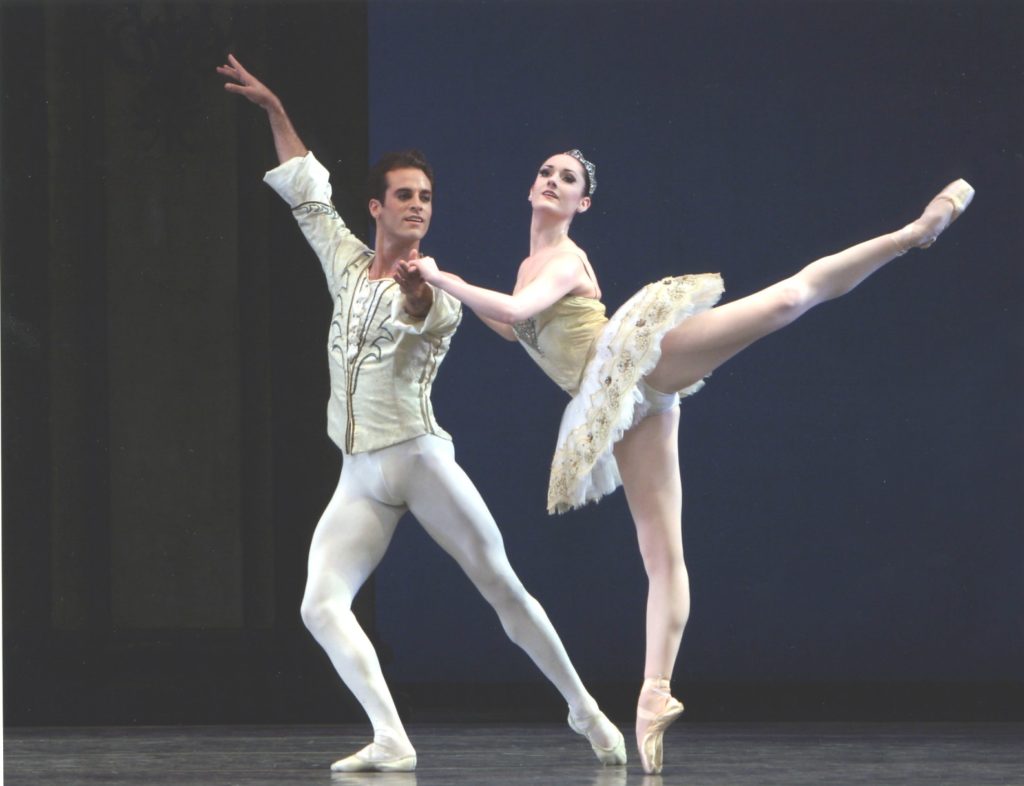
Eventually, Peck wound up performing much of Weese’s repertoire. “After she danced the fifth variation in Divertimento No. 15, Miranda would come offstage and say that she wasn’t happy with how it had gone—but it had been perfect! Now that I dance that variation, I know exactly what she meant.” And according to Peck, both dancers loved dancing Theme and Variations, a notoriously dreaded role. “When the music speeds up in the solo, and the ballerina dances a series of pas de chat on the diagonal with the foot touching back to front—I picture Weese every time I do it!”
As a visual person, Peck has learned a lot from former dancers’ performance choices. “Sometimes I see something and just know it will improve my take on a role,” Peck says. So far, she’s pulled inspiration from Gelsey Kirkland’s runs in The Leaves are Fading while working on the role of Juliet, as well as numerous performances by Heather Watts and Patricia McBride. “I love finding out how small details in their approach feel for myself.”
Calvin Royal III, American Ballet Theatre
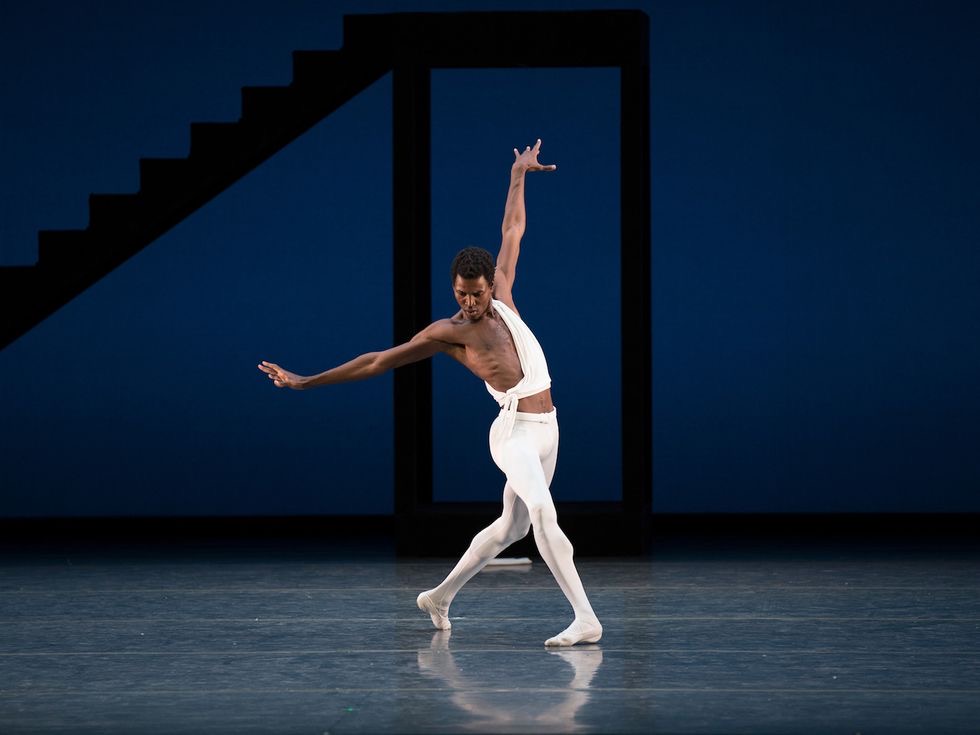
There’s a vintage photo of Dance Theatre of Harlem founder and NYCB principal Arthur Mitchell that Calvin Royal III says is one of his absolute favorites. “The costume he’s wearing is classic Balanchine. White leo, black tights, white socks and shoes. It was as if he was soaring and neither gravity nor the troubles he faced being a Black man in the ballet world could bring him down,” says the ABT principal. Along with dancers Mel Tomlinson and Rudolf Nureyev, Royal admired Mitchell for his courage and fearlessness, both onstage and in life.
Mitchell, who died in 2018, continues to be an inspiration and icon to Royal. “It always amazes me how his vision gave Black ballet dancers like me a sense of possibility. He made ballet accessible, relatable and gave so many dancers hope and purpose through his mission to make ballet something for everyone no matter the color of your skin. He was once quoted saying ‘Walk into a room, knowing you are somebody, somebody special. Don’t ever let them smash that or pull you down.’”
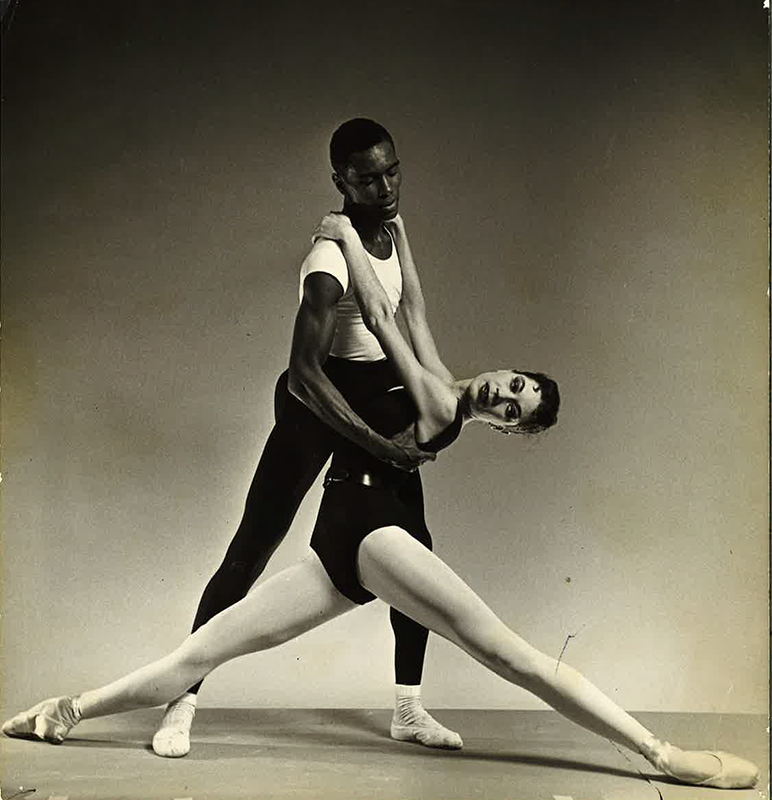
Royal’s full-circle moment came in 2017, when Mitchell invited him to dance Balanchine’s Agon pas de deux, a role he originated, for a performance at Columbia University. “I remember catching a glimpse of him when I was dancing, and he had this huge smile and look of approval on his face. Later, when I was backstage, I heard him say over the speakers that ‘the ballet is in good hands.’ I’ll never forget that.”
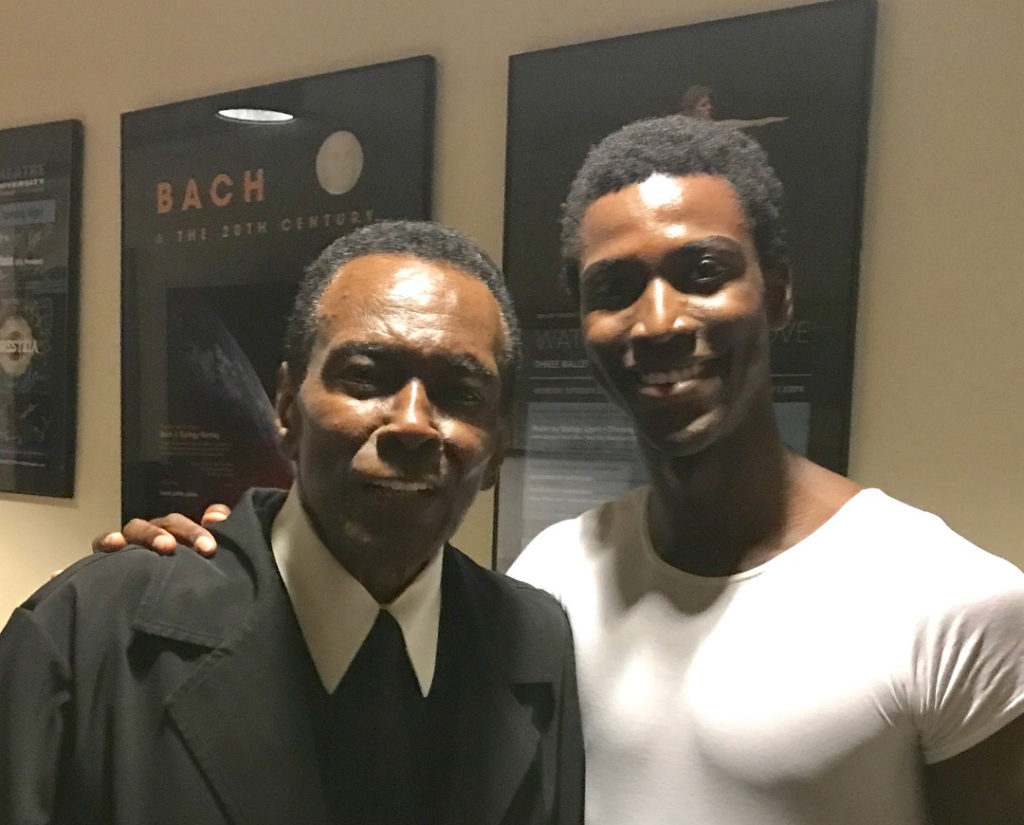
Although Mitchell and Royal had plans to work in the studio together, Mitchell passed away before it could happen. Royal was invited to perform the Agon pas de deux at his memorial service. “Although our time together was short, it was an honor to perform for him. I get goosebumps when I think about it. It was one of those experiences that will stick with me for a lifetime.”
